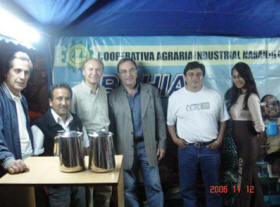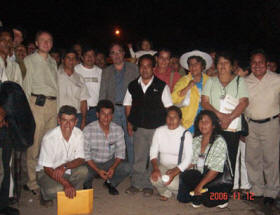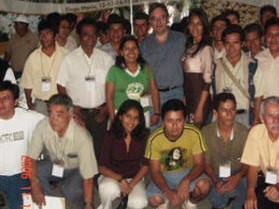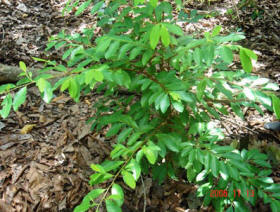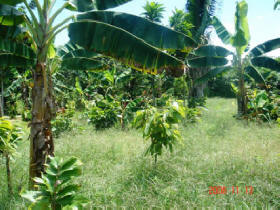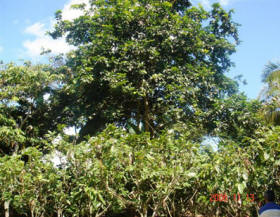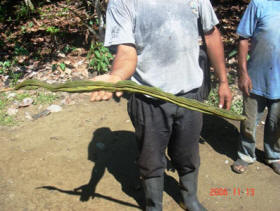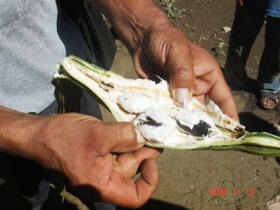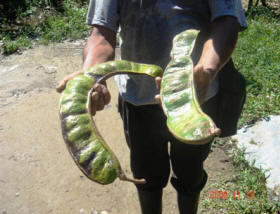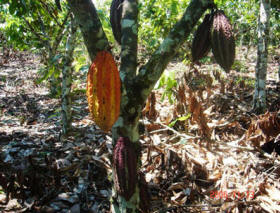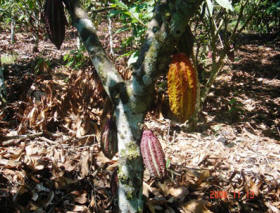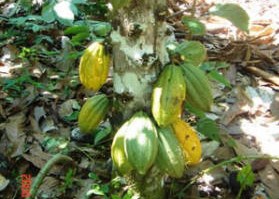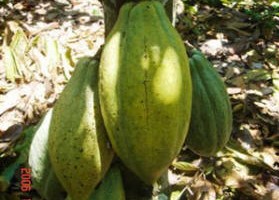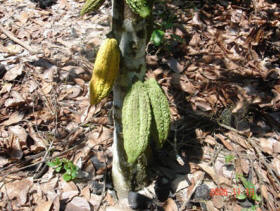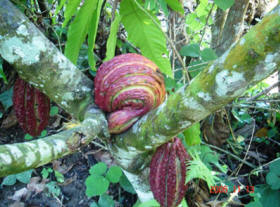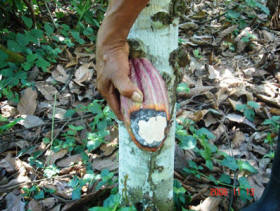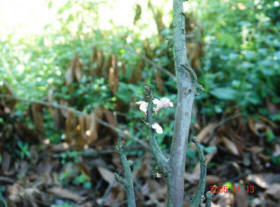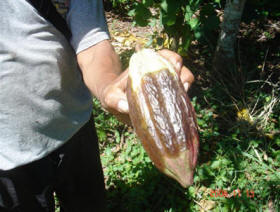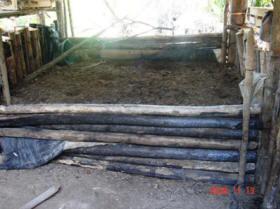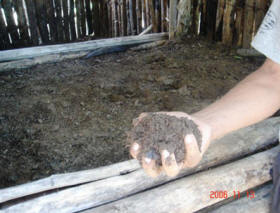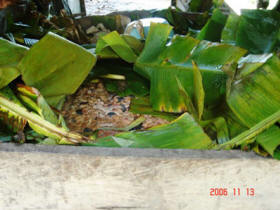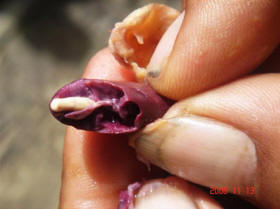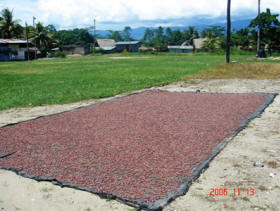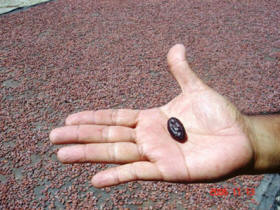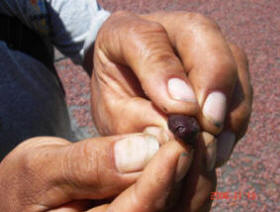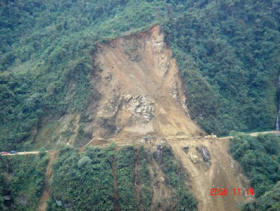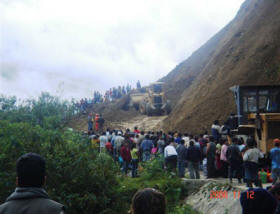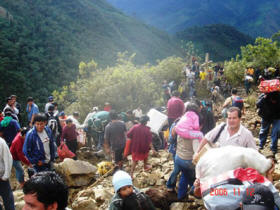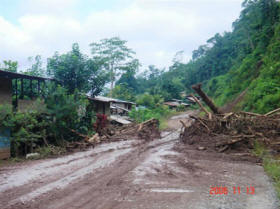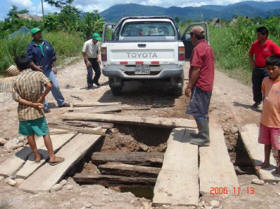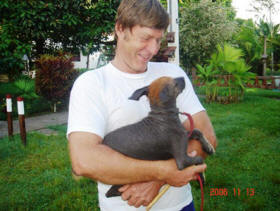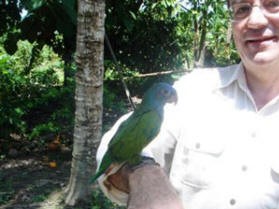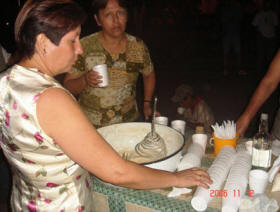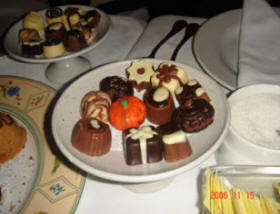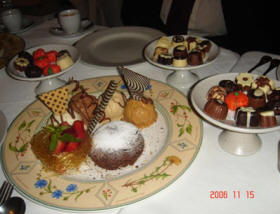Peru
Land of the Incas, coca and today, cocoa.
Since time immemorial, Indians in the Andes have chewed the coca leaf to stave off hunger and to gain strength on long treks or when working in the mountains. The plant has been grown there for millennia. It is only recently that treatment and processing techniques have allowed such a dangerous product to be extracted: cocaine.
In the context of replacement programmes, financed partly by the United Nations, cocoa production has developed. It has existed in Peru for more than a century, but had fallen into decline.
So far, we have not been able to establish whether the Incas knew and consumed cocoa. Research on the subject by the chocolate museum, Choco-Story, will continue.
Cocoa beans are resistant to heat and long periods of transportation. These two factors are inherent to the geography of Peru and the lamentable state of the roads in the interior.
The priority for all aid programs should be to construct the road infrastructure..
Where is cocoa cultivated in Peru?
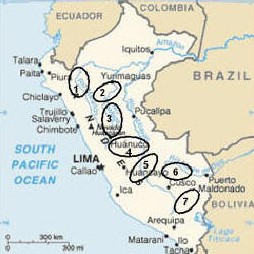
As you can see on the map, the coca growing region is located between the Andes and Amazonia.
The main production zones (from north to south) are:
- San Ignacio, Jaén, Bagua Grande Bambamarca (Cajamarca)
- Tarapoto, Juanjui (San Martin)
- Tocache, Tingo Maria (Huanuco)
- Satipo (Junin)
- Valle del rio Apurimac (Ayacucho)
- Valle del rio Urubamba, Quillabamba (Cuzco)
- Rio Huari (Puno)
Different cooperatives collect the dried beans and sell them as they are or turn them into cocoa paste, powder, cocoa butter, chocolate bars or powdered drinking chocolate.
Peru produces approximately 28,000 tons of beans per year
In the regions of Tingo Maria and Tocache the yield is between 500 and 1500 kg/ha.
Cocaa trees suffer from three types of disease:
1. Moniliasis, a fungus that rots the fruit (see photo)
2. " Escoba de brujas " which destroys the twigs, small flowers and fruit.
3. Phytophthora which rots the fruit
There are two ways of fighting disease:
- cut the cocoa bushes off at 2 or 3 m high to let the sun in
- remove infected fruit immediately
The " abono " or fertiliser is important. This can be:
- " guano " produced by birds from the islands near Paracas
- crushed phosphoric rock
- " abono " made by the farmers (see photos) from empty pods, cow manure, etc
It takes three months to produce. Every 15 days it must be turned over and provided with aeration holes.
The harvest
The main harvest is from April to July.
CCN 51 produces 100 to 120 fruits per tree in a good season and 40 in a bad season
There are 40 to 60 beans per fruit or pod
This depends on the care taken by the farmer and the nature of the soil
Fermentation
What we saw (see photos) is rather rudimentary and should be standardised.
Normally you need two days of well covered fermentation to get to 50°C and kill the germ.
Then three days in the open air, turning every day
A few local adventures
Travelling in the cocoa region can be tinged with a little adventure. The roads are bad with lots of pot holes and so getting around takes time. But there can also be rock slides (huaicos) caused by the rain, obliging travellers to go on foot, carrying their bags, over the landslides which block the road to cars and trucks.
Meeting an exceptional lady
Running three restaurants, a television studio and her own cooking programme, publishing 3 recipe books in one year, with 200 people to manage and three children to raise is impressive, even though her husband does help out.
Madame Sandra Pierantoni de Plevisani is also a great advocate of Belcolade chocolate distributed by Puratos del Peru.
